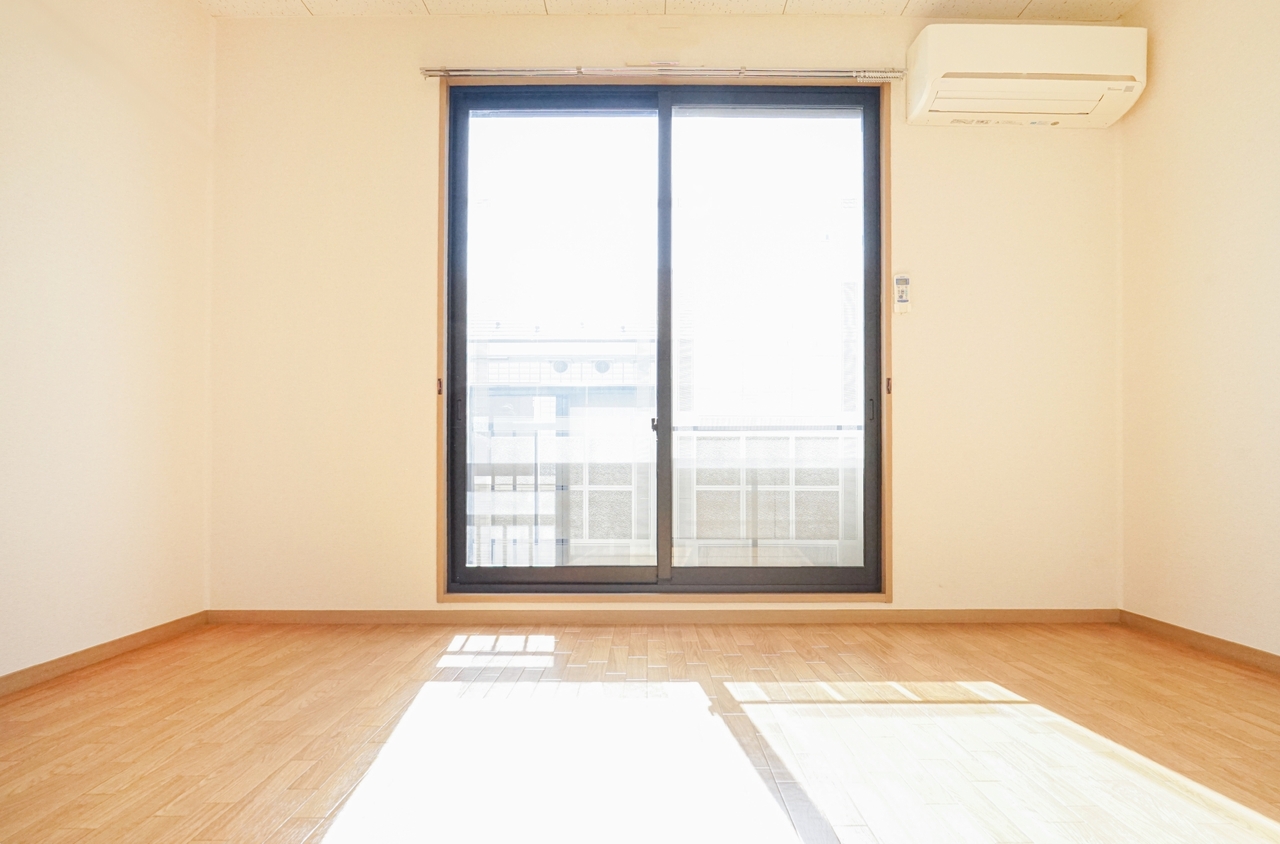
Eikaiwa teachers will usually live, at least initially, in one of two situations: a company-provided apartment (most common with teachers hired overseas. Usually this is the large chain English schools and dispatch companies), or your own apartment. Whichever arrangement you’re in, the particularities of apartments in Japan are something worth getting familiar with as many teachers eventually move out on their own or switch companies.
Size Designations
The Japanese have a few methods of communicating the interior space of an apartment. The apartment’s space layout is commonly designated by a number followed by a few letters: 1DK, 2LDK, 4SLDK, etc. These are Japan’s equivalent to the “2-bed 1-bath” type designations more common abroad. The letters indicate the rough layout, in the form of the ‘main space’: L is Living Room and D is Dining Room (these will usually just be connected areas), K is kitchen. The number is supposed to be the number of separate rooms along with that, so a 1LDK is a room combining living, dining, and kitchen spaces in one, along with a separate bedroom. It’s worth noting however, that in most smaller apartments the ‘main space’ itself is often just a small area set aside in a corridor!
There are a few other designations: S is for storage, an extra area of any size but due to lack of windows, finish, or odd shape isn’t counted as a bedroom. And R is for room, this is usually just a single room studio apartment, with the kitchen and bathroom tucked in or just adjacent to it, and often shockingly small!
Floor Area
Metric is the standard in Japan, so all apartment listings will be in square meters. Always check the layout diagram – in some apartments a lot of that measurement can be locked up in in-between corridors, the balcony, and entranceway.
Tatami
Another floor area measurement occasionally seen will be the room sizes in “jou”: the number of tatami mats. Tatami is the old-school Japanese flooring system of woven straw mats, and they are virtually always laid out in very specific arrangements you can find online. 3-4.5 tatami is a small room, 6 medium, and 8 large.
A lot of westerners romanticize tatami, and they certainly do have a uniquely Japanese charm (and smell). However, they are a bit delicate and don’t do well with furniture and since you’re renting, they’re usually not fresh and new. If you prefer a low-maintenance apartment it’s usually advisable to look for modern hard floors. Don’t look up “tatami mites” online if you want to keep your romantic image of the floor-dwelling life of the Edo days!
What does an average English teacher need?
In the years past it was common to recommend starting small. We’d teach outside the home and the typical Tokyo entertainment involved going out, and for many teachers exploring the city and surrounding regions is a big goal. For this kind of lifestyle, where the room is more just a place to sleep between going out, something between a 1K and 1LDK is ideal and cost effective.
Since the arrival of corona, however, people are spending a LOT more time at home. Many eikaiwa teachers are also teaching from home. In this new environment, it may be wise to budget a little more to get an apartment you can be comfortable living and spending significant time in – a 1R micro studio is fine when you’re out singing karaoke every night, but may seem like a prison cell if you’re stuck inside for days on end.
Priorities
When you search for an apartment in Tokyo, your biggest concern definitely should be the relation to the trains and stations. Take the time to sit down and find the station near your school, and then the lines that service that station. Choose one of the lines (read up on which are the worst for crowds, suicides, and gropers), find the distance down it that you’re willing to commute every day, and then search that area. Although living in an attractive area of the city is cool, it will certainly have lost its charm after your 200th day of changing trains to slog through your daily ride to work.
One final thing to keep in mind: Tokyo is expensive. It’s nearly impossible to find the trifecta of location, cost, and size/quality, so be prepared to sacrifice one at last one of them!


